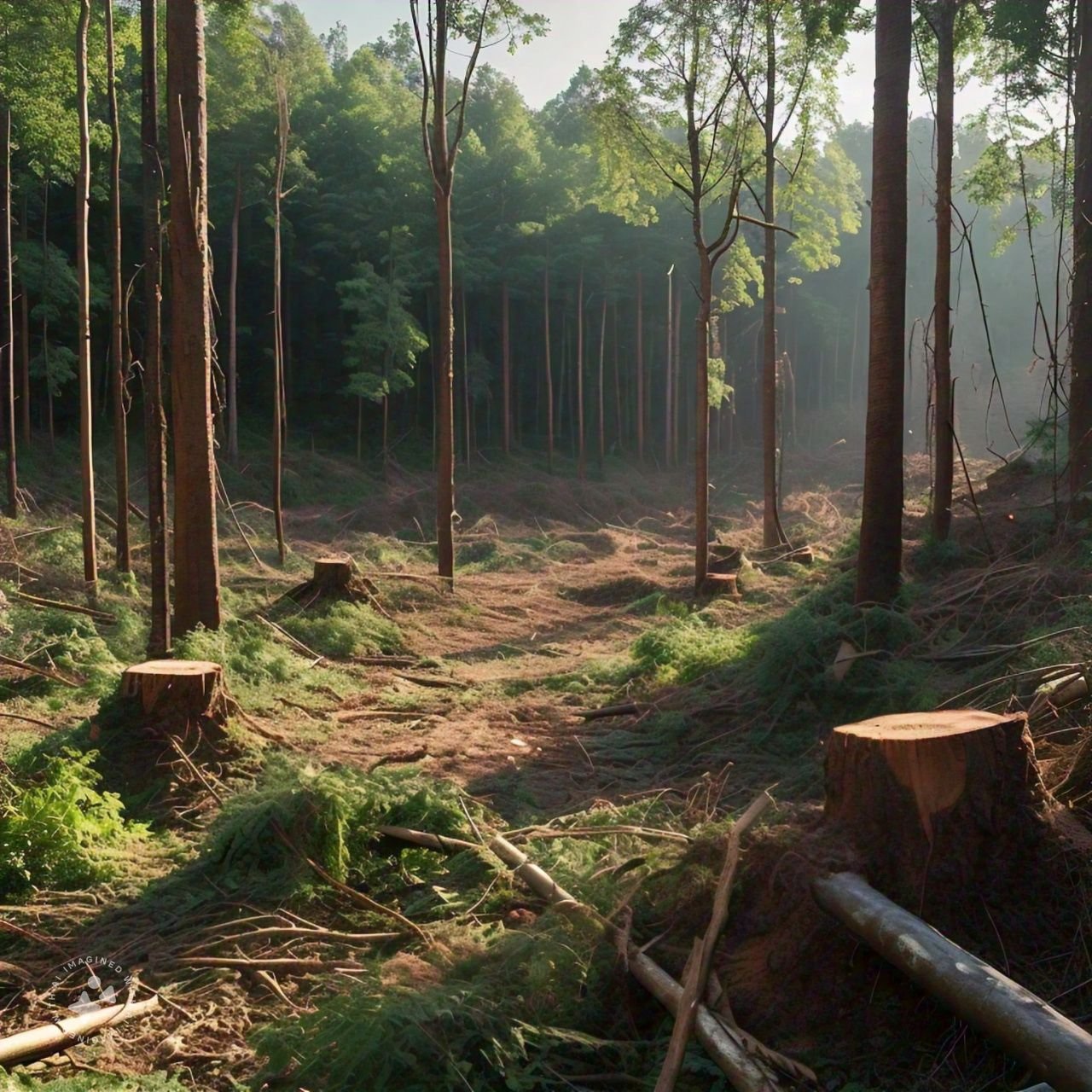Every minute, an area of forest the size of 27 soccer fields is lost, pushing our planet closer to environmental disaster. The World Resources Institute recently reported a 10% increase in global deforestation rates in 2023, with the Amazon rainforest experiencing its highest losses in a decade. This relentless clearing of forests not only accelerates climate change—responsible for 15% of global greenhouse gas emissions—but also leads to the devastating loss of biodiversity, with nearly 60% of the world's wildlife disappearing in the last half-century. As the chainsaws continue to roar, we are confronted with an urgent question: how long can our planet endure this assault on its green lungs?Similarly, in the picturesque valley of Swat, deforestation is not just a threat to natural beauty but a crisis with dire environmental and economic repercussions. Indeed, Pakistan’s forest cover has shrunk to less than 2%, one of the lowest in the world, with regions like Swat bearing the brunt of this loss. Moreover, a recent study by the Pakistan Forest Institute found that Swat has lost nearly 30% of its forest cover over the past two decades. Consequently, this relentless deforestation is accelerating climate change locally, leading to more frequent floods and landslides that devastate communities and jeopardize livelihoods dependent on agriculture, tourism, and forest resources. Furthermore, as the forests of Swat vanish, so do the rich biodiversity and cultural heritage that have thrived there for centuries. Therefore, the time to act is now, before Swat’s green lungs are lost forever.Currently, working in an NGO under an international project has given me the golden opportunity to explore this captivating valley of serenity and tranquility—truly a hidden gem. However, during field visits to various remote and far-flung areas, I can’t help but feel a mix of admiration and melancholy. Swat, once known for its breathtaking landscapes and rich history, now faces an imminent threat of deforestation due to factors such as overpopulation and the construction of illegal hotels without proper urban planning.
Overpopulation is directly linked with deforestation, which poses another looming threat to wildlife. According to UNESCO, Pakistan’s forest cover ranges between 2% and 5% of the total land area, making it one of the countries with the lowest forest cover in the region and significantly below the United Nations’ recommendation of 12%. Efforts such as the Billion Tree Tsunami project in Khyber Pakhtunkhwa have made significant strides in increasing forest cover and addressing environmental issues.
Despite these initiatives, deforestation remains a critical challenge due to factors like urbanization, farming, overgrazing, tourism development, and the timber mafia, which is meticulously and brutally cutting down the forest. The government, with the support of local and international NGOs, can drive positive change by focusing on education, climate change initiatives, and awareness campaigns. These efforts can help alleviate the stress and despair caused by deforestation and promote afforestation.
The writer is an ex-student of the Centre for Disaster Preparedness and Management (CDPM) at the University of Peshawar and is currently working at SRSP.

Imran Zahoor

